PROLYCHT Orion 300 Full Spectrum Spot Light Review
The Orion 300 is a full-spectrum led light from a relatively new start-up company, Prolycht.
Prolycht was generous enough to ship me their prototype, The Orion 300 (which is now shipping and available for purchase).
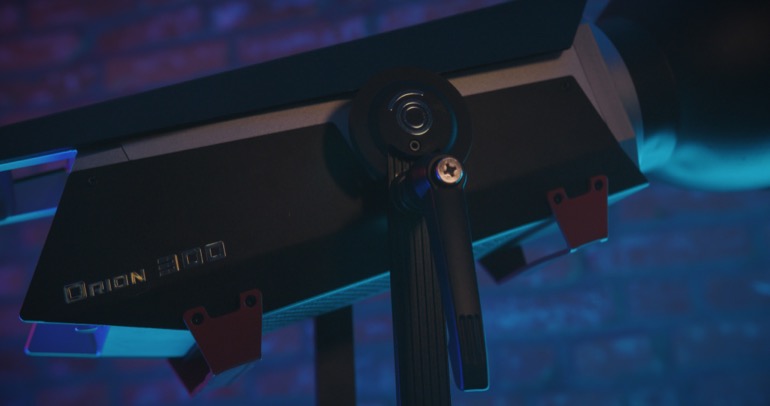
The unit that is actually shipping is obviously not the prototype, so the minor issues the Orion 300 had are now resolved.
To better understand how to evaluate this light, we will have to learn how we measure and characterize light.
In 1931, a group of French ding-a-lings got together and created this Chromaticity diagram.
This diagram is professionally referred to as the “C.I.E. 1931 Chromaticity Diagram”.
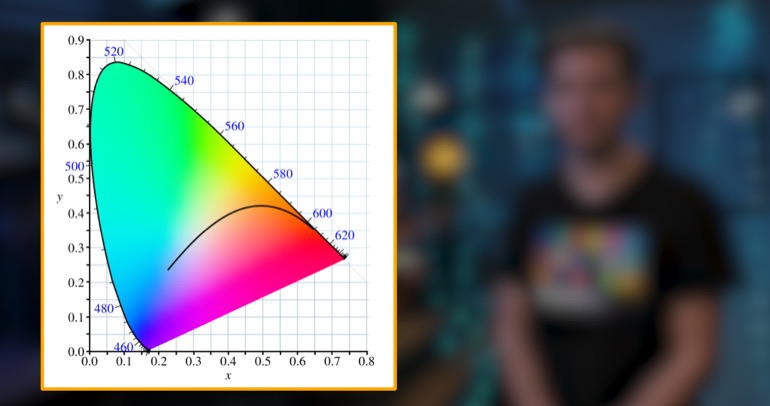
What is important about the chromaticity diagram, is that it maps out all of the colors the human eye is capable of detecting.
This chromaticity diagram is helpful to use and understand because the diagram contains common “white points” or Correlated Color Temperature values (often abbreviated as “CCT”).
Correlated Color Temperature values are measured in degrees Kelvin and help us as filmmakers when we are adjusting our camera’s white balance to different lighting conditions.
We adjust and set our white balance so that objects that should appear white, can appear white, even when lighting conditions are relatively poor.
Within the chromaticity diagram, there is a black curve, known as a “Planckian Locus” or “Black Body Curve”. This black curve marks the “white points” or CCT values (such as 3,200K for tungsten light or 5,600K for daylight).
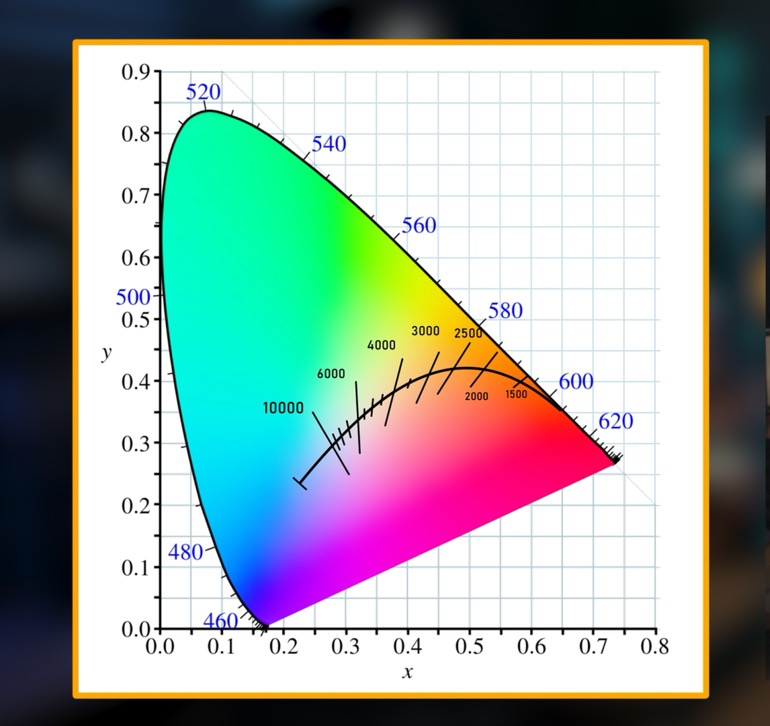
Any object that emits light once heat is applied to it are known as “black body radiators”.
This is how the curved line also gets the name, “black body curve”.
The best way to visualize a black body radiator is to think about the wires in a toaster oven.
Once heat (or in this case electricity) is applied to the coils in the toaster oven, the coils begin to glow.
The glow given off by the wires in the toaster is orange in color and has a color temperature value (CCT) of around 2,000 degrees Kelvin. If the wires in the toaster oven have even more heat (or electricity) applied to them, they will glow white, (this is also where the phrase “white hot” derives from).
When the wires in the toaster over appear to be glowing “white”, that color temperature is recorded in degrees Kelvin. (Fun fact: most toaster ovens use nichrome wire to radiate heat).
The sun in our solar system is also classified as a black body radiator because it’s an object that has heat applied to it, and as a result, the sun gives off light as energy. This is helpful to know, because we roughly estimate the color correlated temperature of the sun to be around 5,600K on a normal sunny day.
The takeaway with all of that information is this: just know that the Planckian Locus (or black body curve) is a line that identifies CCT values where black-body radiators appear to have a white glow.
Now that we understand where the white points of different objects are on the chromaticity diagram, we can also identify their light source. For instance, we know that incandescent tungsten light has a CCT value of around 3,200K, and general daylight to have a CCT value of around 5,600K.
Since we know the CCT values of different light sources, when we try to create one to match another, say an LED light that tries to replicate a tungsten light source, we can use the Planckian Locus as a reference for how accurate that light source really is.
Any deviation from the Planckian Locus is measured in a Delta UV.
Any deviation that moves up, away from the black curve has a “positive” delta uv, and is associated with a green hue.

Any deviation under the black curve is said to have a “negative” delta uv, and is associated with a magenta hue.

Any light source that has a +/- Delta UV of .0024 generally requires a 1/8 correction gel to remove any unwanted hue.
For example, if we have a poor-quality light source that has a noticeable green hue and we take a reading with our light meter and we get a reading of +.0024, we know to use a 1/8 strength minus green (magenta) gel on our light source.
By compensating for a light source with a green color cast with a magenta gel, we can get our light’s color closer to the Planckian locus (so it appears white).
Quick side note, when trying to decide what strength of gel to use, we can scale our gel strength proportionally with our Delta UV reading. For example, a Delta UV of +.0024 requires a 1/8th gel, and a Delta UV of +.0048 requires a 1/4 strength gel.
Notice that the Planckian Locus (or Black Body Curve), does not travel in a straight light, because it is curved, (more on this later).
Great, all of this information provides us an understanding of how we can measure light and map it onto that curved Black Body line we have been discussing.
Let’s quickly learn a few things about how lighting manufactures build bi-color lights.
The easiest way to create a bi-color light is to take two sets of emitters, one warm and one cool and mount them into a fixture. The warm set usually is tuned to a warm, tungsten color (of around 3,200K) and the other set is generally a cool, daylight color (of around 5,600K).
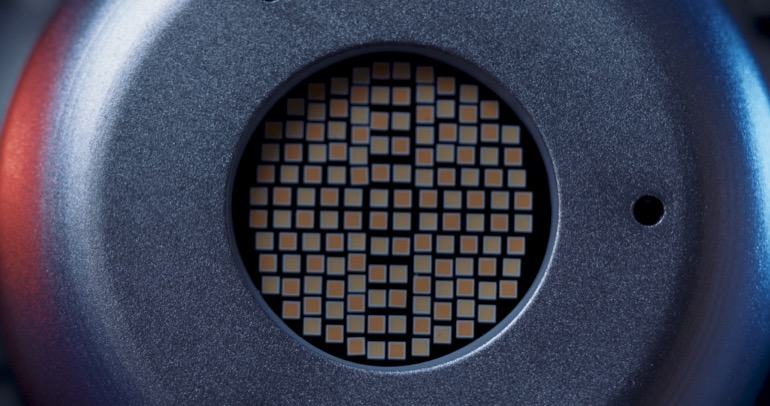
When you would like to change from say a warm, tungsten color to a cooler, daylight color, you simply turn the CCT knob. When you are fading between warm and cool color, the light fixture is varying the output of each warm and cool color set. This mixing of the light’s temperature is a linear transition as you are simply fading between two points, one warm and one cool.
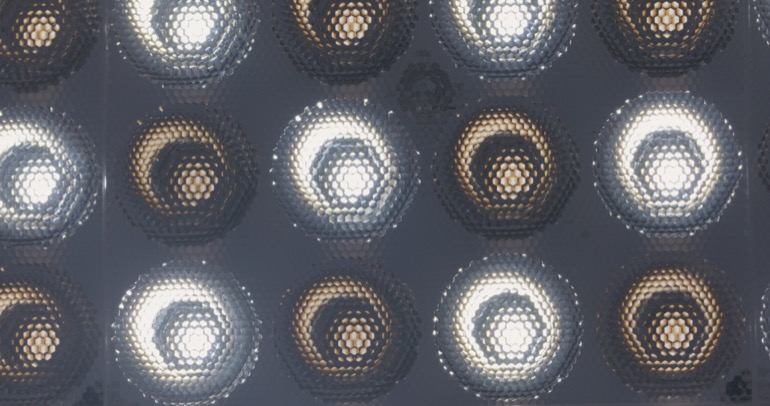
So what is the problem with fading between two color temperatures?
The biggest issue with fading between two color temperatures is that this transition is a linear transition, and based on the Planckian Locus (black body curve), we just discovered that accurate correlated color temperature values are plotted on a curved line, (not a linear path).
So how do lighting manufactures work around this bi-color color temperature problem?
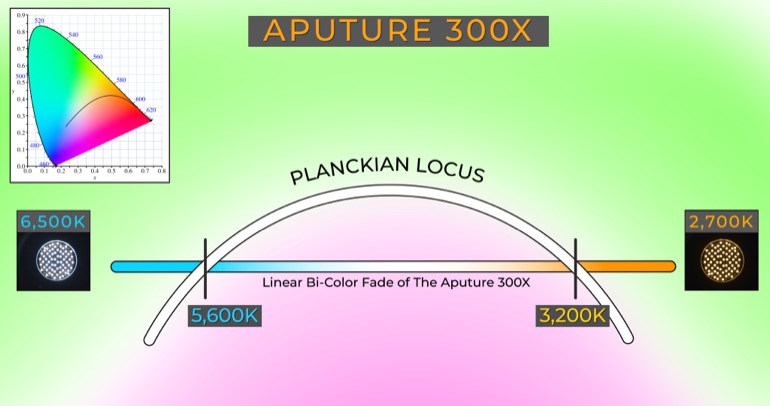
Lighting manufacturers (like Aputure for example), calibrate their linear mix to intersect the Planckian Locus at two distinct points. These two points of intersection are almost always along common color temperatures filmmakers use, like 3,200K (Tungsten) and 5,600K (Daylight).
Because accurate correlated color temperature values follow this curved path, when you fade between warm and cool color temperatures on your bi-color light, you are deviating away from the Planckian Locus.
The takeaway here is knowing that your bi-color light, if calibrated correctly, should have accurate white light at least at two distinct color temperatures when you fade your CCT values.
Here in lies the problem: not all of your color temperatures can be accurate on your bi-color light
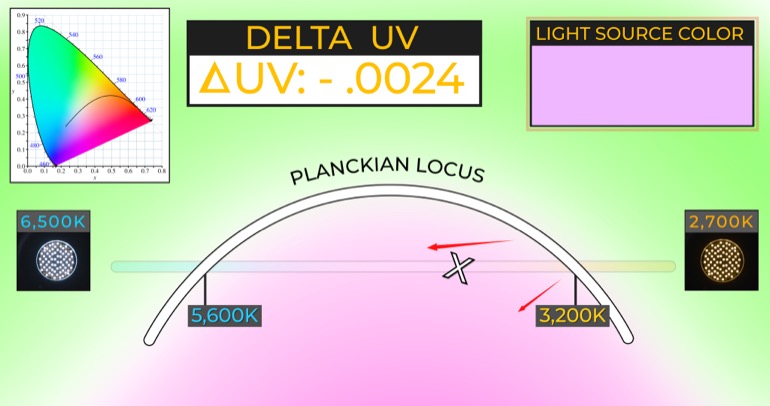
When you fade between the CCT values that intersect the Planckian Locus, you are deviating off of that Planckian Locus and when that occurs, you are now introducing a green or magenta shift, depending on that direction you are moving in.
The Orion 300 solves this by intelligently blending together six different sets of led emitters (RGBACL).
The Orion 300 utilizes red, green, blue, amber, cyan and lime colored emitters to create accurate, white light.
By artfully blending these six emitters into one light source, the Orion 300 can accurately track along the curved line of the Planckian Locus, when you are fading between your correlated color temperature values.
This is huge as it is a massive boost for any filmmaker looking to accurate match practical light in any shooting location. Let’s say that you are filming in an office with overhead lights that have a strong green cast. If you use a light meter and get a delta UV reading of the overhead office lights, you can then set your Orion 300 to match the tainted overhead office lights!
Or even better, if you would like to have perfectly accurate light, just turn off the overhead office lights that are polluting your image with green color, turn on your Orion 300 and you are now in an ideal lighting environment!
Let us compare the brightness of the Orion 300 against the 300X from Aputure and the 300D MII.
In this test, we used the standard reflector dish that ships with each light. The lights settings were all set to daylight (5,600K) and were measured at a distance of 6’. (Side note, the Aputure 300D MII is a daylight balanced light, so no adjustments were or could have been made).
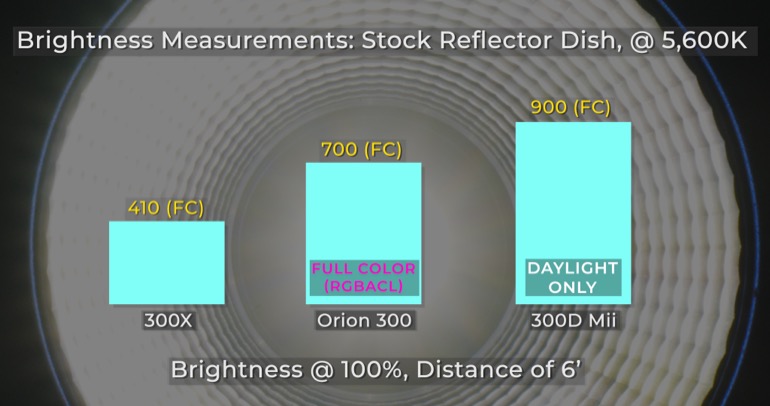
Not bad. The Orion 300 is much brighter than the 300X, but not quiet as bright as the 300D MII.
Let’s try this again, but this time let us add the Aputure 2X Fresnel attachment and set the Fresnel to Spot mode.
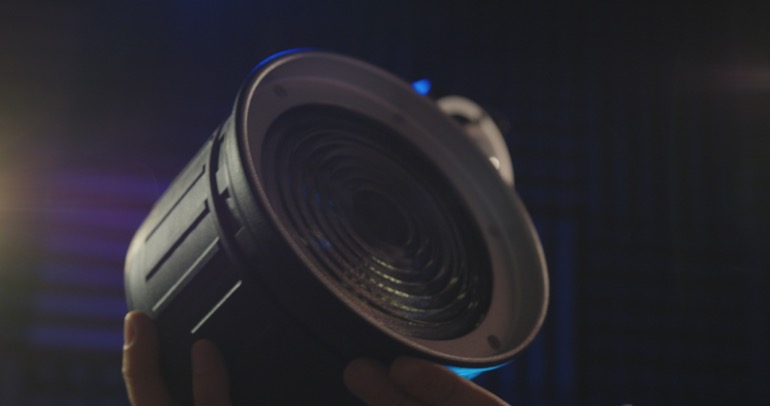
And here are the results:
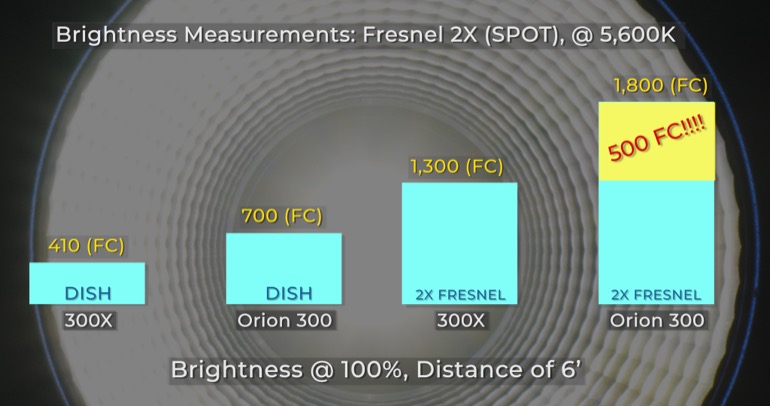
Currently the best way to maximize the brightness of the Orion 300 is to use it in Daylight Mode, at 100% brightness, with the Aputure Fresnel 2X set to spot.
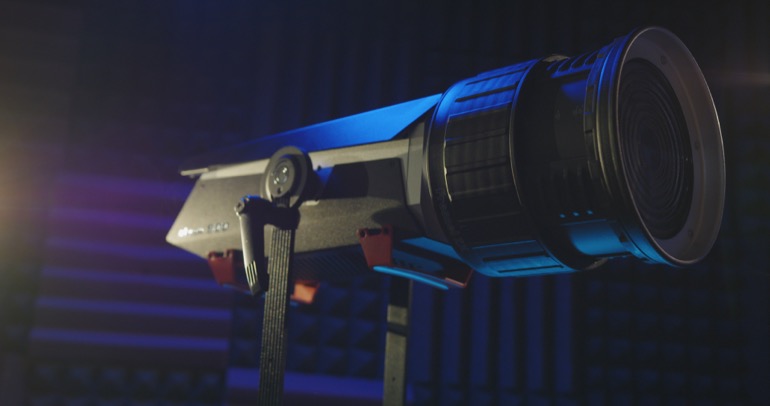
Here is a quick color accuracy comparison where we measured the Aputure 300X and the Orion 300, with the same Aputure 2X Fresnel Unit, set to Spot.
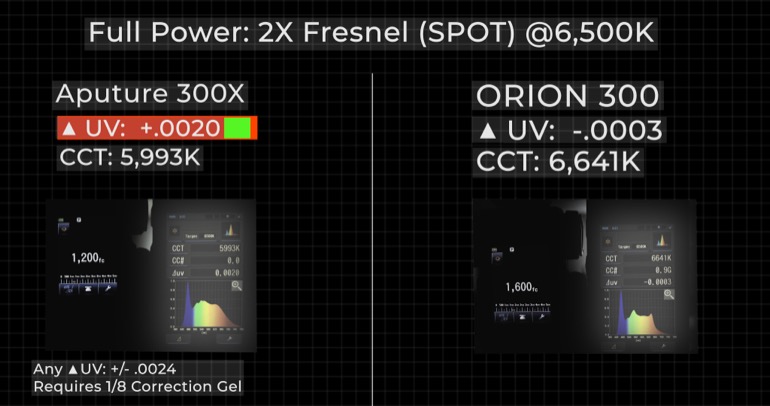
The Aputure 300X had a noticeably green hue, and this is reflected by the Delta UV reading. This is expected because we just discovered that the 300X is calibrated to have slightly more accurate color readings at 5,600K. In our test, we measured both lights at 6,500K and we were impressed to learn that the Orion 300 had a near perfect Delta UV score.
There you have it! If you would like to check out the Orion 300 for yourself, please visit their website here:
By James Powers